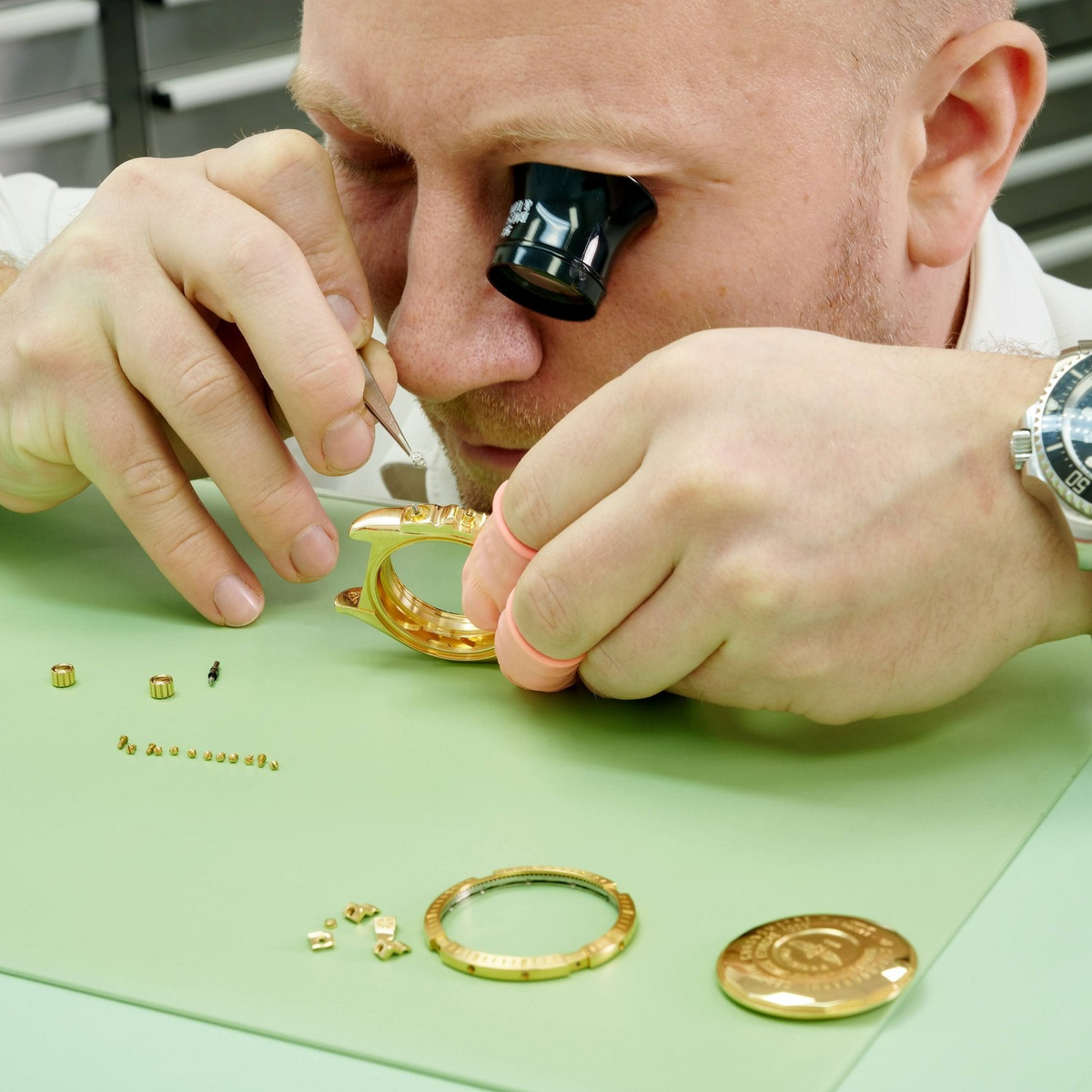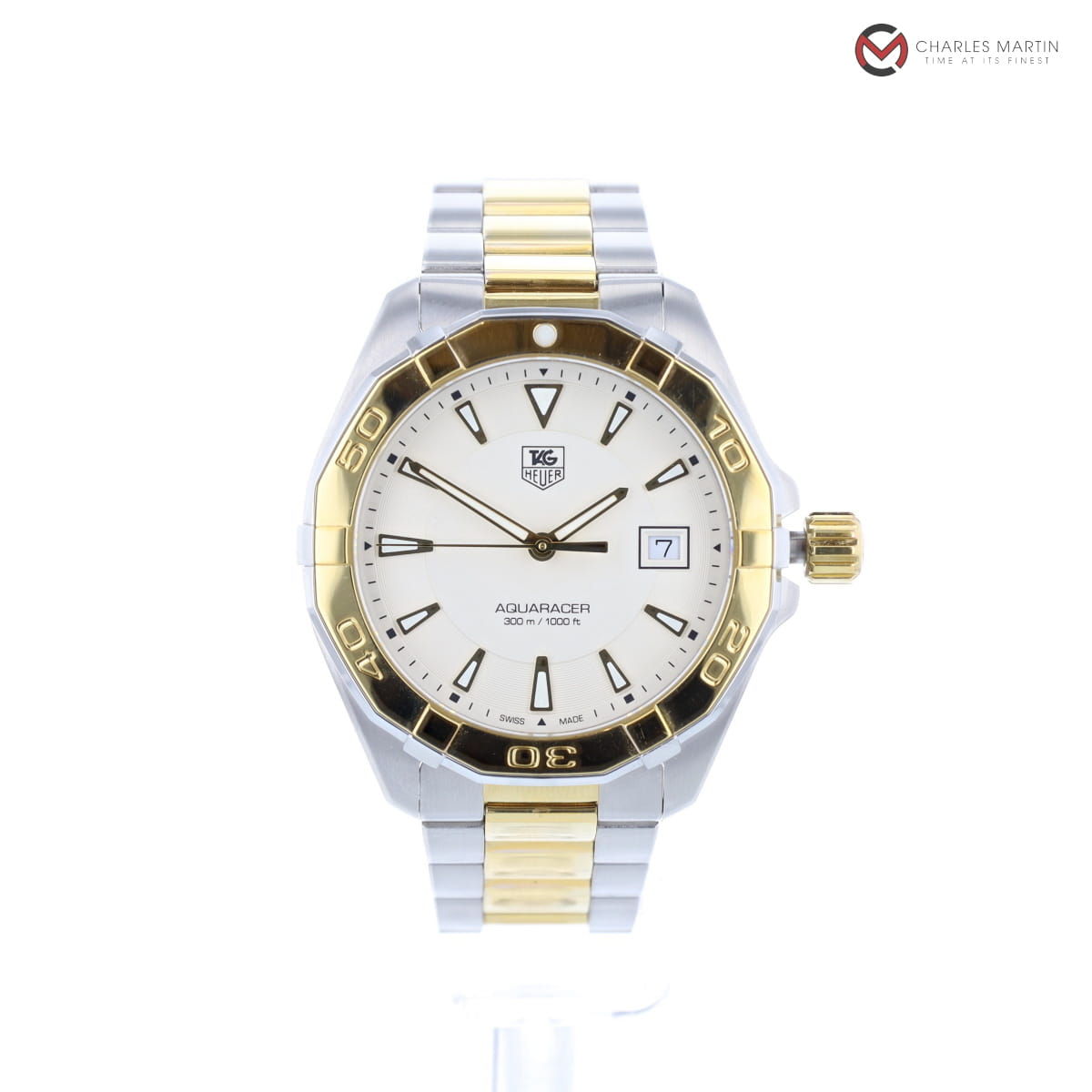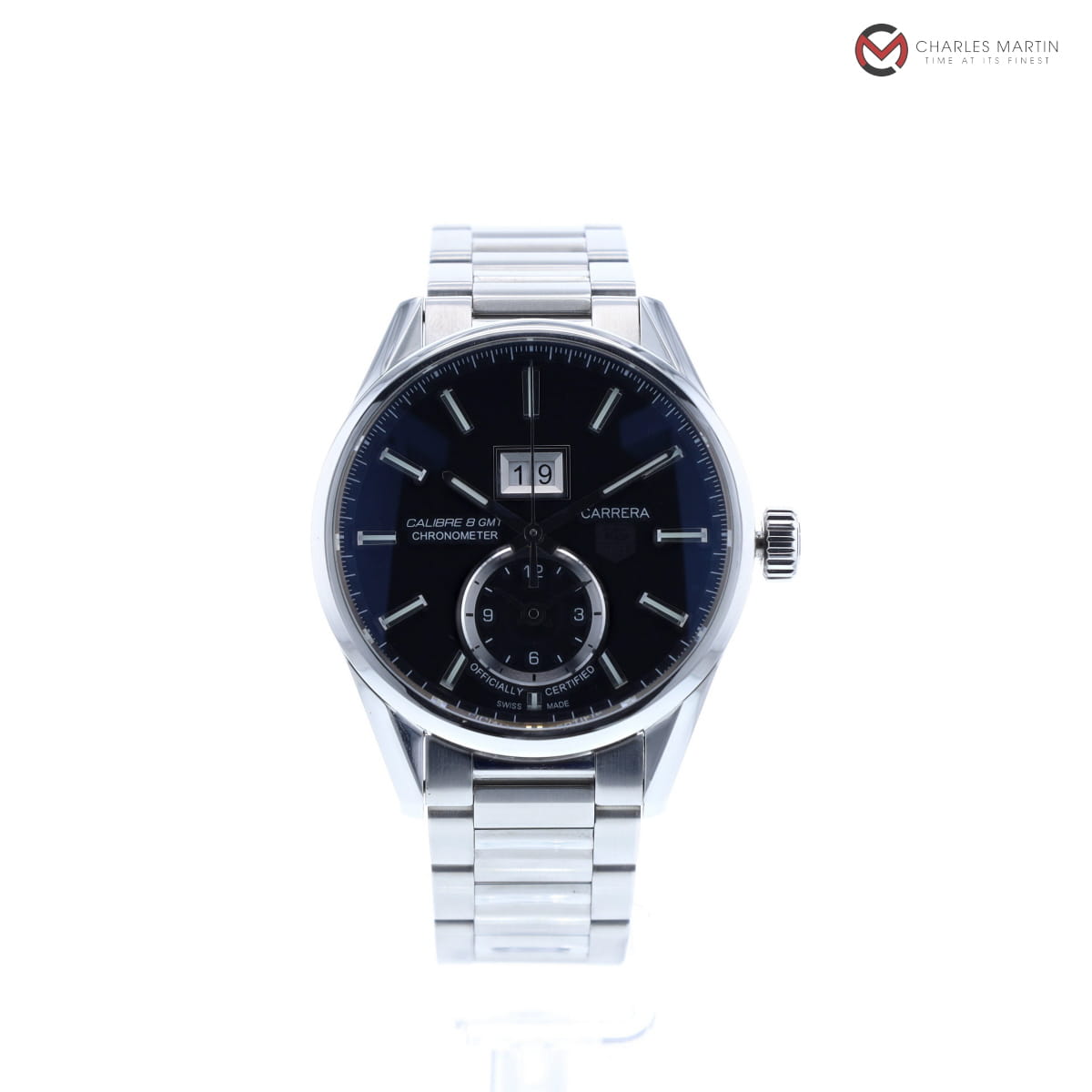
Verified Watches
Checked via The Watch Register
Certified by Watchmakers
Full assessment confirming authenticity
Deposit & Collect Available
We are based in the Midlands for easy collection
Panerai Radiomir 3 Days
- Regular Price
- £3,895.00
- Sale Price
- £3,895.00
- Regular Price
-
£4,495.00
- Unit Price
- per
Tag Heuer Aquaracer
- Regular Price
- £1,095.00
- Sale Price
- £1,095.00
- Regular Price
-
£1,395.00
- Unit Price
- per
Tag Heuer Carrera
- Regular Price
- £1,595.00
- Sale Price
- £1,595.00
- Regular Price
-
£1,895.00
- Unit Price
- per
Pre-Owned Watch Brands

Need your watch serviced or repaired?
Sometimes our watches need a bit of TLC and our specialists are on hand to discuss with you any issues that you’re currently experiencing with your watch that require repairing. We like to work with our clients in understanding their specific needs first before providing a quotation for the repair work. You can send us you watch by post by requesting a postal repair.
Brands we Sell








Breitling Superocean 48 (V17369) – Adventure-Ready, Boldly Designed
Make a statement with the Breitling Superocean 48—a powerhouse dive watch built for extreme conditions. Crafted from ultra-light titanium, this 48mm beast features a black dial with bold luminescent numerals, a ceramic unidirectional bezel, and 300m water resistance with a helium escape valve. Designed for adventure, it boasts anti-magnetic shielding for superior reliability. In very good condition, this preowned timepiece comes complete with its original box, papers, and a 2-year warranty. If you’re looking for a diver that stands apart from Omega and Rolex, the Superocean 48’s oversized, rugged design delivers unmatched presence and performance.
The Watchmaker's Diary
Buying your First Luxury Watch?
Discover our comprehensive guide to buying your First Luxury Watch, from the AD to pre-owned, our blog covers the ins and outs of buying your first watch.
Discover the BlogHow To Clean Your Watch
Is your watch always getting dirty? Fed up of fingerprints, our Watchmakers give the low-down on cleaning without scratching.
Discover the BlogA guide to buying your first Luxury Watch
This guide outlines a more strategic way at buy your first timepiece. It will provide you with some great pointers to avoid a bad start.
Discover the Blog

























